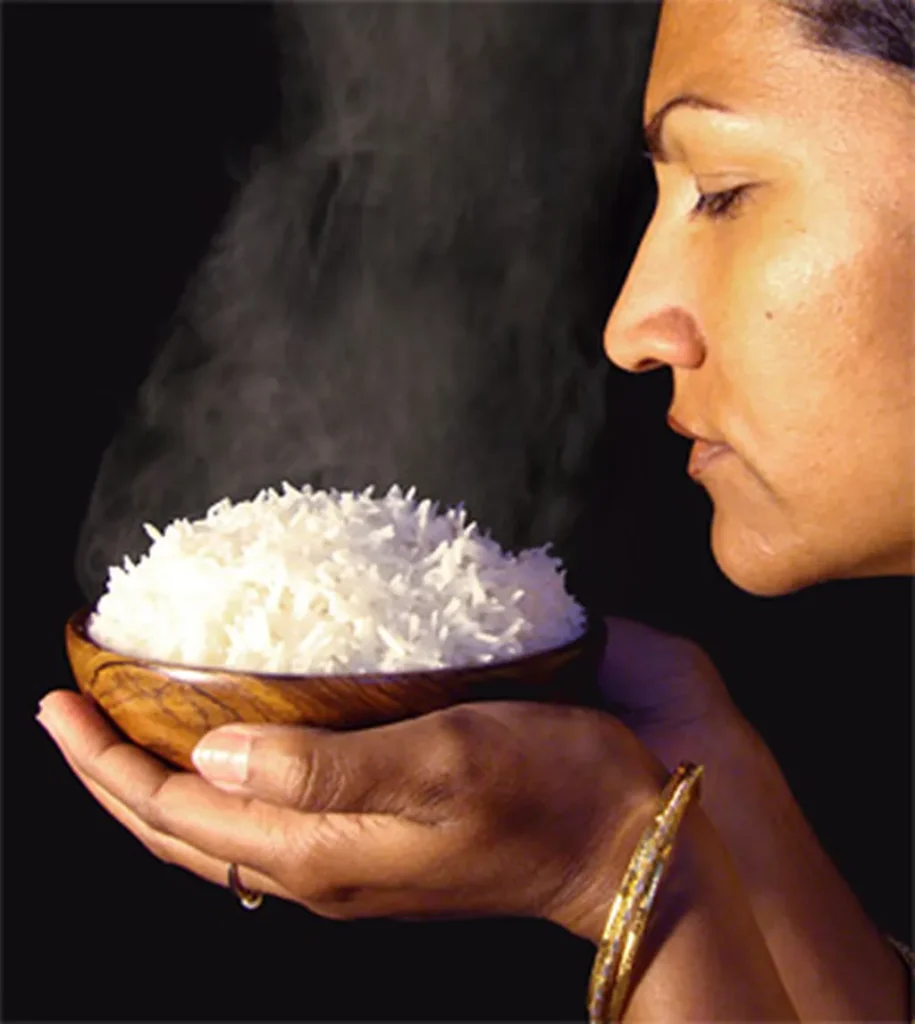In the heart of Jammu and Kashmir, a team of researchers led by Tanveer Kour Raina from the Institute for Biotechnology at Sher-e-Kashmir University of Agricultural Sciences & Technology of Jammu, has unlocked a secret hidden beneath the roots of basmati rice. Their work, recently published in the journal Scientific Reports, explores the microbial communities in the rhizosphere—the region of soil influenced by root secretions—that could hold the key to enhancing the aroma of this globally cherished grain.
The distinctive aroma of basmati rice has been a source of pride and economic value for generations, but it’s been gradually diminishing due to the overuse of inorganic fertilizers and the impacts of climate change. Raina and her team set out to understand the microbial community that plays a significant role in aroma enhancement, a factor that could greatly influence the commercial value and export potential of basmati rice.
Through metagenomic analysis, the researchers identified unique microbes associated with basmati rice, including Actinobacteria, Bacillus subtilis, Burkholderia, Enterobacter, Klebsiella, Lactobacillus, Micrococcus, Pseudomonas, and Sinomonas. These microbes are involved in the biosynthesis of potential aroma precursors like ornithine, putrescine, proline, and polyamines, through various enzymes. “The biosynthesis of these precursors is a complex process, and understanding the role of these microbes is crucial for enhancing the aroma of basmati rice,” Raina explained.
The findings contribute significantly to the understanding of rhizobacteria associated with basmati rice and their role in enhancing aroma. The introduction of these cultures into basmati rice growing areas could potentially augment plant growth and enhance aroma, thereby boosting the export potential of basmati rice on a sustainable basis.
This research could shape future developments in the field of agritech and agriculture, particularly in the realm of geographical indications (GIs) and crop improvement. By harnessing the power of these beneficial microbes, farmers could enhance the quality of their crops, leading to better yields and increased market value. Moreover, this approach aligns with sustainable agricultural practices, reducing the reliance on inorganic fertilizers and promoting environmental health.
As Raina put it, “This is not just about enhancing the aroma of basmati rice; it’s about sustainable agriculture, preserving our cultural heritage, and boosting our economy.” The implications of this research extend beyond the fields of Jammu and Kashmir, offering a glimpse into the future of agriculture and the potential of metagenomic analysis in crop improvement.
In an era where climate change and environmental sustainability are at the forefront of global concerns, this research offers a promising avenue for enhancing crop quality and productivity. It underscores the importance of understanding and harnessing the microbial communities that coexist with our crops, paving the way for innovative and sustainable agricultural practices. As the world grapples with the challenges of feeding a growing population, such advancements in agritech could not be more timely.

